Introduction to Canisology
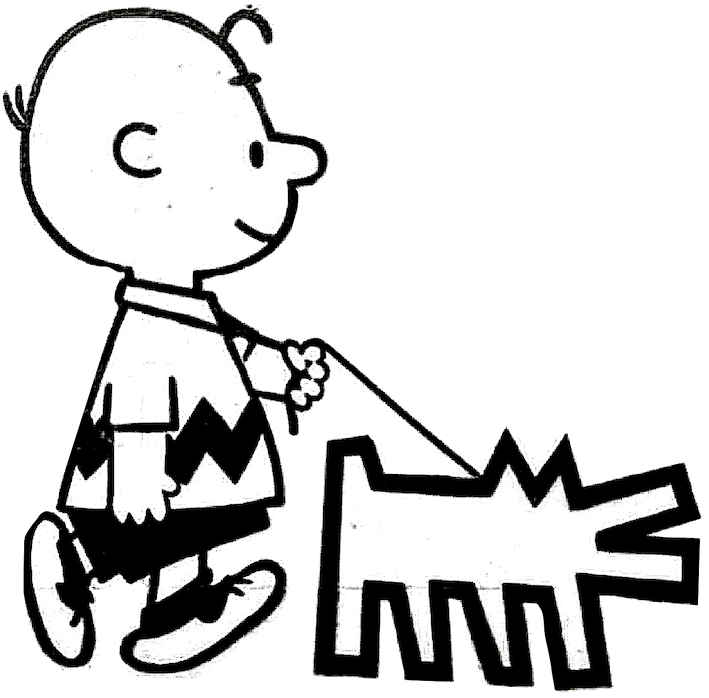
解説:池田光穂
Introduction to Canisology

解説:池田光穂
狗
類学(=こういるいがく)の提唱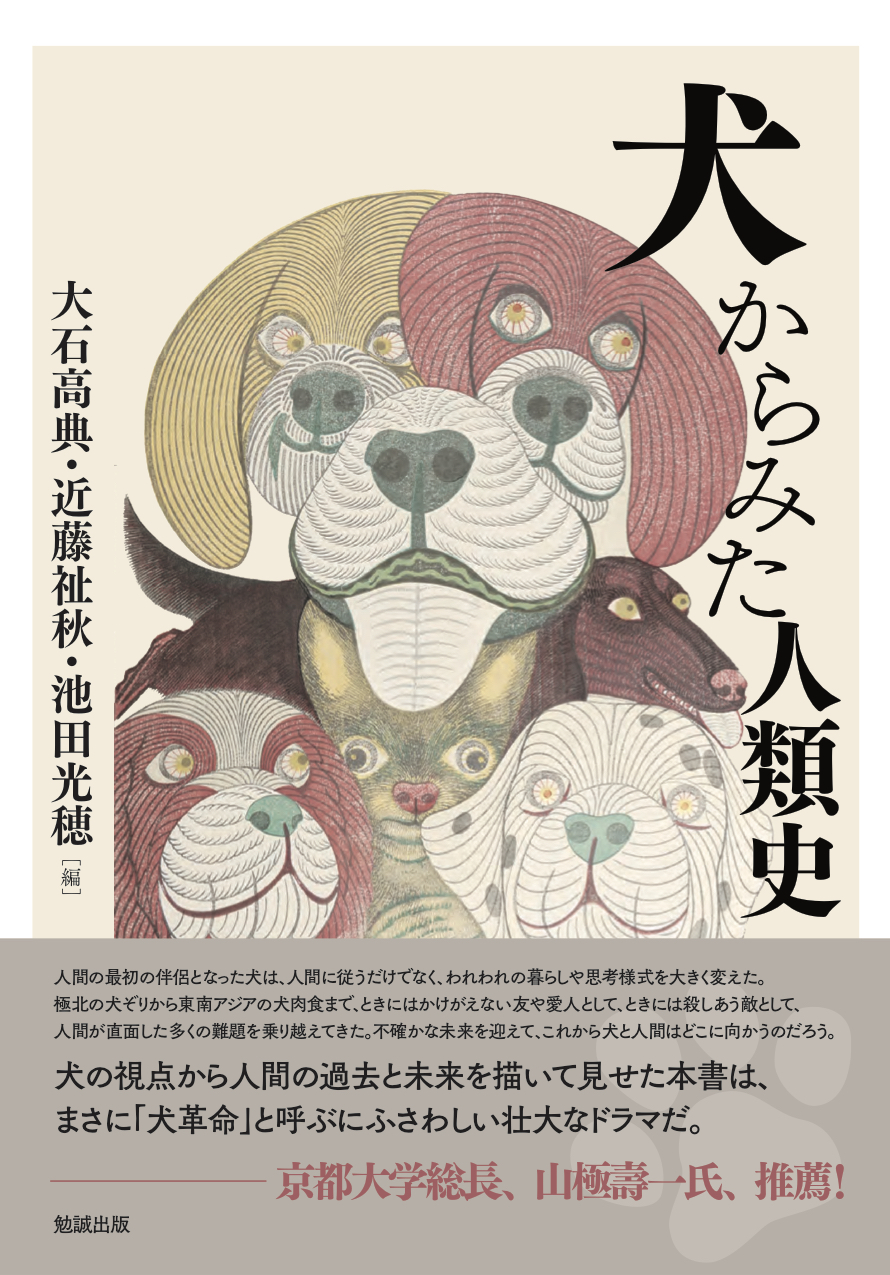 |
犬(類)による、犬のための、犬自身による研究を狗類学(こうるいがく: canisology)という。
この一連の学知は、我々の「生物種」的立場である人 間の立場から動物を研究対象とするアプローチより出発する。このような研究態度は「犬の人類学」の立 場とも言えるものである——人間が中心で犬は観想の対象である。これに鋭く対立する立場が、Eduardo Kohn, How Forests Think: Toward an Anthropology Beyond the Human, 2013である。エクアドル上流のルナの人々の民族誌記述を試みたE・コーンは、人間を他の生命形態に対して特権的に描くことに反対し、代替的記法に挑戦 する。これは、挑戦的な近年の多自然主義(multi-naturalism) と軌を一にするものである。その対立概念ないしは意味の矛盾項は「犬の人類学」の多文化主義だ。
しかしながら、コーンが研究対象にと するルナは、熱帯雨林を彼らの生業ならびに棲息環境として利用している。つまり人間は、彼らの棲息環境の多くの「自然」の同胞たちである他の生命形態との並列化、すなわち多自然主義をその民族誌資料から分析しやすい立場に いることは明らかである。しかしながら、これは自分たちの棲息環境を文化という成型力を通して苛烈に「ニッチ構築」してきた他の生息地に棲み生業形態をも つ人間たち「一般」を分析する際には、さらにもう一つの視座の転換が必要になるように思われる。
それがDonna Haraway, When species Meet, 2003における人間と——生物学のリンネ的分類概念に基づく——他の「生物種」を緩やかな連帯・連携の関係の中におき「私(人間)自身が触れたり、一緒 になったりすることはどのような世界性をもつ(worldly)実践であるのか?」ということを再考する立場である。我々は、コーンの提唱する「人間を超 える人類学」に向かうためには、ダナ・ハラウェイ的問いを経由しなければならないことに気づくだろう。しかしながら、存在論的なニュアンスをもつそれらの立場に 到達する前には、さらにその前段階として、人間と異なる生命形態あるいは人間以外の生物種そのものについての人類学的な知識とそれらの認識論の精査が必要 になる。
そのような認識論的思考実験の素材ないしは観想の対 象として、我々は犬を選んだ。我々は、この思考実験を、人類学(=人類をしるための学知)を捩り、犬 (狗)を知るための学知すなわち狗類学(こうるいがく:canisology)と 名付けてみようと思う。犬は人間の身の回りにいる非人間的存在の中でも、もっとも人間世界に関与し、人間との コミュニケーションに陥入する存在だからである。彼/彼女らは認識論的には人間に限りなく近づきつつ人間と同等の主体的価値をもつが、同時に「動物」や他 の「家畜」のカテゴリーにも属する両義的存在である。そのための人間←→犬(狗)の存在論的置換のためのレッスンをおこなうことが狗類学の 目的になる。
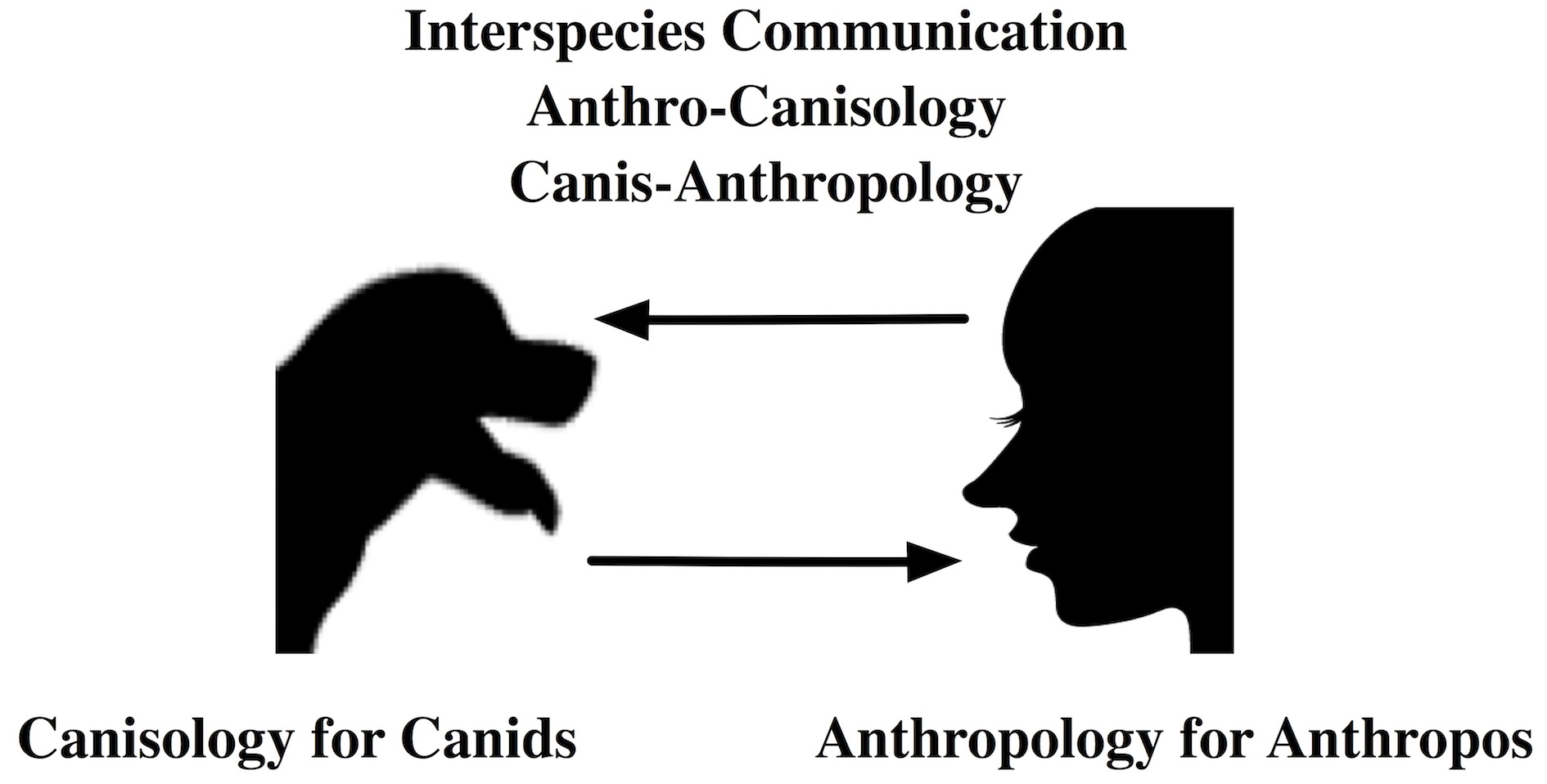
●The Book of the Superiority of Dogs Over Many of Those Who Wear Clothes, Ibn al-Marzuban
فضل الكلاب على كثير ممن لبس الثياب
"This collection of stories and poetry was inspired by a conversation in 10th century Baghdad between the collector and a friend. Between them they contemplate the declining moral standards of the human race and sigh with nostalgia for 'the good old days', when one could depend upon the loyalty and friendship of one's fellow beings. Having promised such a collection to his friend, Ibn al-Marzuban launches with enthusiasm into his task. Quotations of the famous are followed by anecdotes and stories which in turn give way to an apposite poem all either de-crying man for his evil ways or illustrating the fine qualities displayed by his best friend, the dog, viz, his loyalty, guarding instinct, consistency, intelligence and his capabilities as a hunter. The editors have made use of two previously printed texts of the work, both based on a single manuscript, and to these they have added three newly discovered manuscripts. From the whole a completely new critical edition in Arabic has been produced. As well as an English translation, there is an introduction in English with an Arabic summary which, among other things, attempts to view the collection within the general framework of Arabic adab literature and to provide a survey of Muslim attitudes to the dog throughout the ages. The edition and translation is greatly enhanced by some fine sketches and there are seven plates showing illustrations of dogs from both Arabic and Persian medieval manuscripts." - The Book of the Superiority of Dogs Over Many of Those Who Wear Clothes, by Amazon.com
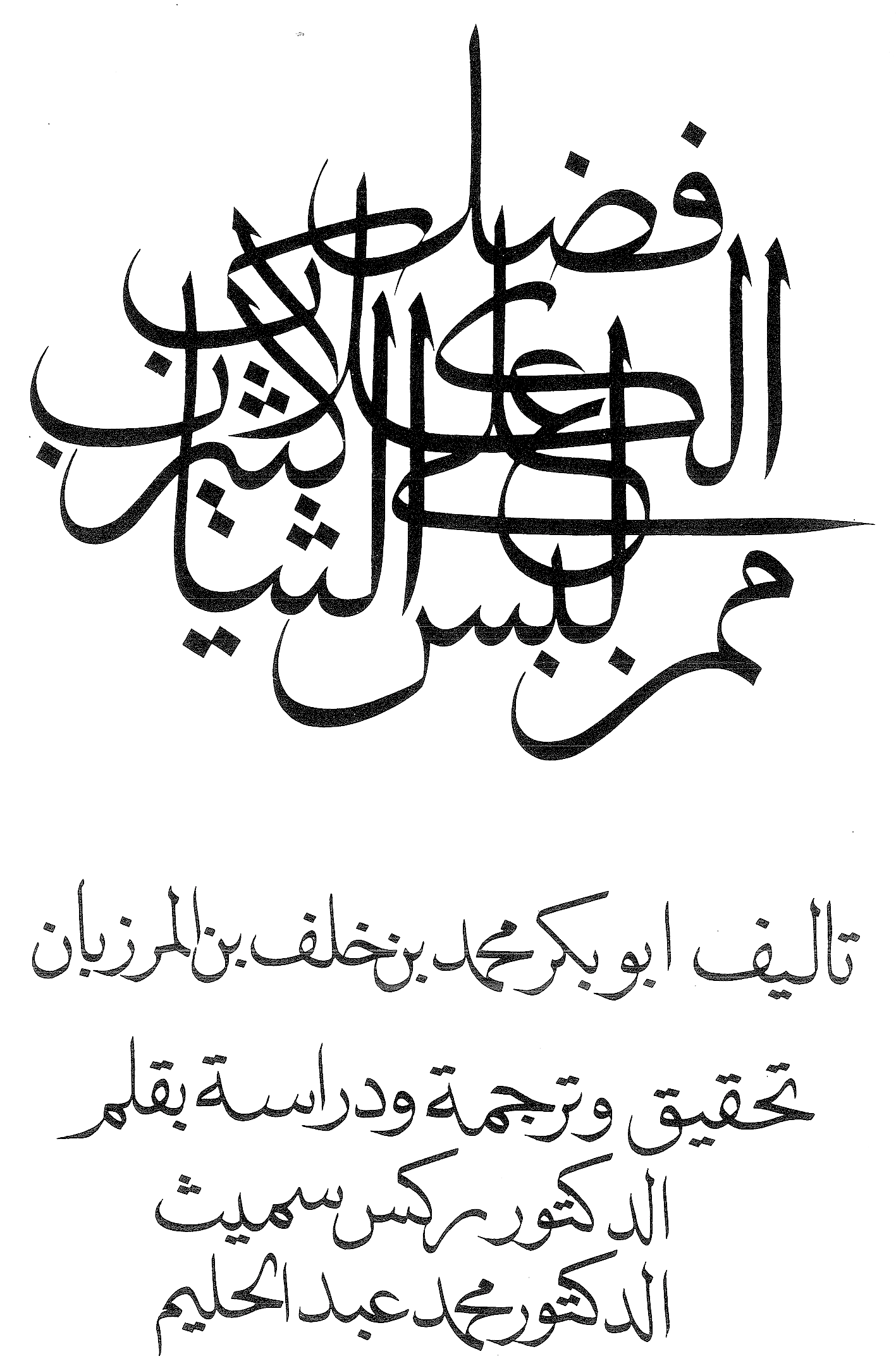
The book of the superiority of dogs over many of those who wear clothes
/ by Ibn al-Marzubān ; translated and edited by G. R. Smith and M. A.
S. Abdel Haleem ; sketches by Kathryn Witt ; calligraphy by Ahmad
Mustafa, Aris & Phillips , 1978.
狗類学の重要なリンク
狗類学を考えるための文献(リンク集)
(コンテンツ情報)クレジット:池田光穂「狗類学への招待」http://bit.ly/2ZosgQr
リンク(サイト外)
リンク(サイト内)
リンク(作業用サイト内)
文献
その他の情報
'Cave canem' (beware of the dog) mosaic.. From Pompeii, Casa di Orfeo, VI.14.20
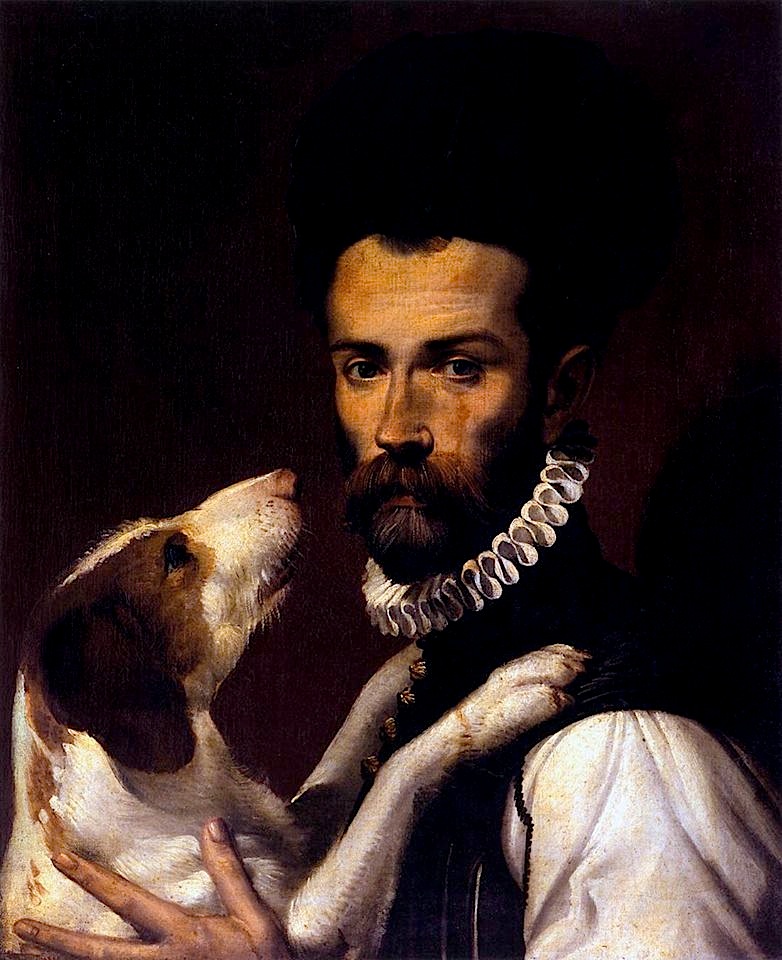
Ritratto di un uomo con un cane, Bartolomeo Passerotti, 1585-87, Pinacoteca Capitolina, Roma. JASCAosaka2015

Copyleft, CC, Mitzub'ixi Quq Chi'j, 1996-2099